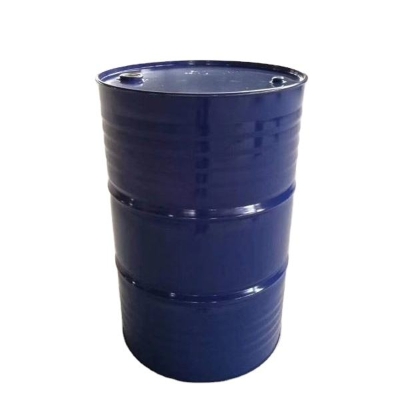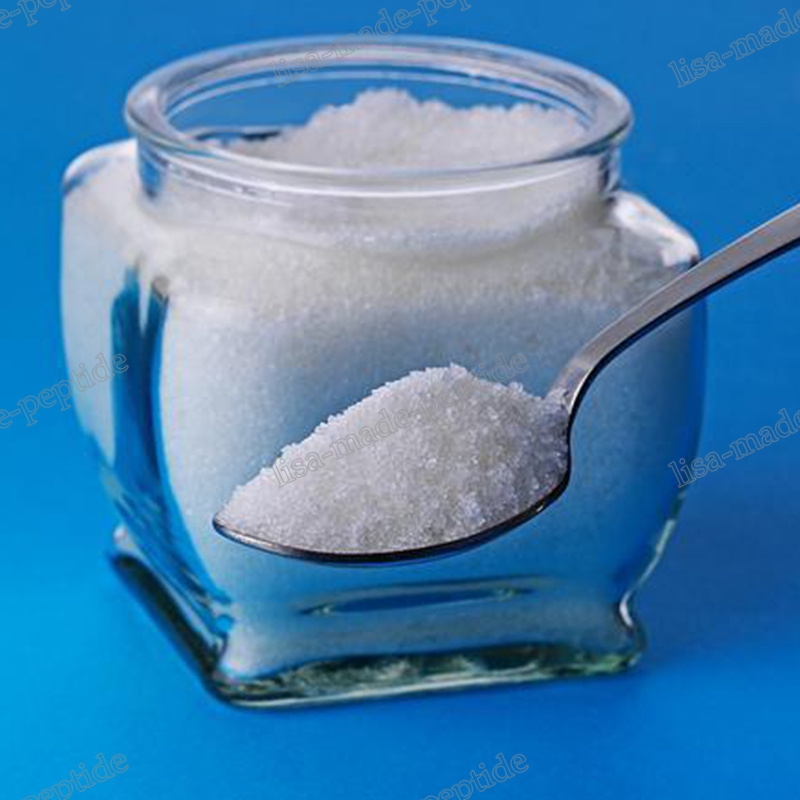-
Categories
-
Pharmaceutical Intermediates
-
Active Pharmaceutical Ingredients
-
Food Additives
- Industrial Coatings
- Agrochemicals
- Dyes and Pigments
- Surfactant
- Flavors and Fragrances
- Chemical Reagents
- Catalyst and Auxiliary
- Natural Products
- Inorganic Chemistry
-
Organic Chemistry
-
Biochemical Engineering
- Analytical Chemistry
-
Cosmetic Ingredient
- Water Treatment Chemical
-
Pharmaceutical Intermediates
Promotion
ECHEMI Mall
Wholesale
Weekly Price
Exhibition
News
-
Trade Service
Affected by the new crown pneumonia epidemic, the highly globalized industrial chain appears fragile.
Affected by the new crown pneumonia epidemic, the highly globalized industrial chain appears fragile.
On September 3 , the European Union updated its list of key raw materials ( CRM ), including rare earths and other 30 raw materials with significant economic and strategic value into the list, including the frequently mentioned “tri-rare minerals”, namely rare earths (light rare earths).
The European Commission also warned member states that the EU's over-reliance on imports of key raw materials could destroy key industries and expose the EU to the threat of supply austerity from China and other resource-rich countries.
1.
In 2020 the EU's list of critical raw materials included 30 kinds of materials, compared with the previous edition ( 2017 version) of 27 Zhong new addition of 4 species, while its deleted 1 species.
In fact, the EU formulated its first CRM list as early as 2011 , and this is the fourth time that the EU has updated its list of key raw materials.
The EU’s inclusion of raw materials in the CRM list is based on the following two principles:
( 1 ) Economic importance.
( 1 ) Economic importance.
( 2 ) Supply risk.
The first CRM checklist.
The second CRM list.
The second CRM list.
The third CRM list.
The third CRM list.
The fourth CRM checklist.
The fourth CRM checklist.
The 2020 version of the CRM list lists a total of 30 raw materials, and it retains the 2014 version of 26 raw materials.
Due to the decline in economic importance of helium, the 2020 version deletes it from the list.
In addition, four key raw materials of bauxite, lithium, titanium and strontium were added to the list for the first time.
The European Union’s green agenda has promoted the addition of strontium and lithium to the list of key materials.
Strontium is used to make magnets for electric vehicles, while lithium is essential for rechargeable batteries.
2.
The EU is worried about its fragile supply chain, and China is its largest supplier of raw materials
2.
The EU is worried about its fragile supply chain, and China is its largest supplier of raw materials.
The EU is worried about its fragile supply chain, and China is its largest supplier of raw materials.
Although countries including the United States and Australia have conducted similar strategic raw material audits, the lack of abundant mineral deposits has made Europe's dependency problem more serious.
Among the major EU key raw material producers, China is the EU's largest supplier of raw materials: China provides 98% of the EU 's rare earth element ( REE ) supply.
DETAILED can be seen from FIG.
, European China provides 99% of light rare earth elements, 98% of heavy rare earth elements, 93% magnesium, 69% of tungsten wire, 66% scandium, 49% bismuth, 47% of 10 key raw materials such as natural graphite and 45% titanium .
This allows China to occupy a dominant position in the general industrial metal market: aerospace field - bauxite and titanium; products from car seats to laptop computers - magnesium; battery raw materials - graphite and lithium.
Intensified EU concerns about China's control of many "rare earth" elements used in consumer electronics and wind turbines.
DETAILED can be seen from FIG.
, European China provides 99% of light rare earth elements, 98% of heavy rare earth elements, 93% magnesium, 69% of tungsten wire, 66% scandium, 49% bismuth, 47% of 10 key raw materials such as natural graphite and 45% titanium .
This allows China to occupy a dominant position in the general industrial metal market: aerospace field - bauxite and titanium; products from car seats to laptop computers - magnesium; battery raw materials - graphite and lithium.
Intensified EU concerns about China's control of many "rare earth" elements used in consumer electronics and wind turbines.
3 .
EU next move
.
The EU further action the EU next move
In view of the importance of key raw materials and the EU's high degree of external dependence, in order to ensure a safe and sustainable supply of raw materials, the EU plans to take measures from the following aspects to reduce its dependence on foreign countries, especially China.
Establish a flexible EU value chain.
Including the launch of an EU raw material alliance for the establishment of flexibility and open strategic autonomy; before the end of 2021 , the establishment of sustainable financing standards (sustainable financing platforms, committees) for the mining, extraction and processing industries in accordance with the Taxonomy Authorization Act.
Including the launch of an EU raw material alliance for the establishment of flexibility and open strategic autonomy; before the end of 2021 , the establishment of sustainable financing standards (sustainable financing platforms, committees) for the mining, extraction and processing industries in accordance with the Taxonomy Authorization Act.
Reduce reliance on key raw materials through recycling of resources, sustainable products and innovation.
Including the use of European Horizon, European Regional Development Fund and national R&I projects to initiate research and innovation of key raw materials in waste treatment, advanced materials and substitution; drawing EU key raw material inventory and waste supply maps, and identifying feasible recycling projects
Including the use of European Horizon, European Regional Development Fund and national R&I projects to initiate research and innovation of key raw materials in waste treatment, advanced materials and substitution; drawing EU key raw material inventory and waste supply maps, and identifying feasible recycling projects
Strengthen the sustainability of raw material procurement and processing within the EU.
This includes identifying key raw material mining, processing and investment projects that can be implemented in the EU by 2025 ; developing expertise and skills in mining, mining and processing technologies as part of the transformation strategy.
This includes identifying key raw material mining, processing and investment projects that can be implemented in the EU by 2025 ; developing expertise and skills in mining, mining and processing technologies as part of the transformation strategy.
Strengthen the diversification of the supply of third countries, strengthen the open trade of rules-based raw materials, and eliminate distortions in international trade.
Including the development of strategic international partnerships with Canada, African countries and neighboring countries of the EU; promoting the compliant mining of key raw materials through the EU regulatory framework and related international cooperation.
Including the development of strategic international partnerships with Canada, African countries and neighboring countries of the EU; promoting the compliant mining of key raw materials through the EU regulatory framework and related international cooperation.







